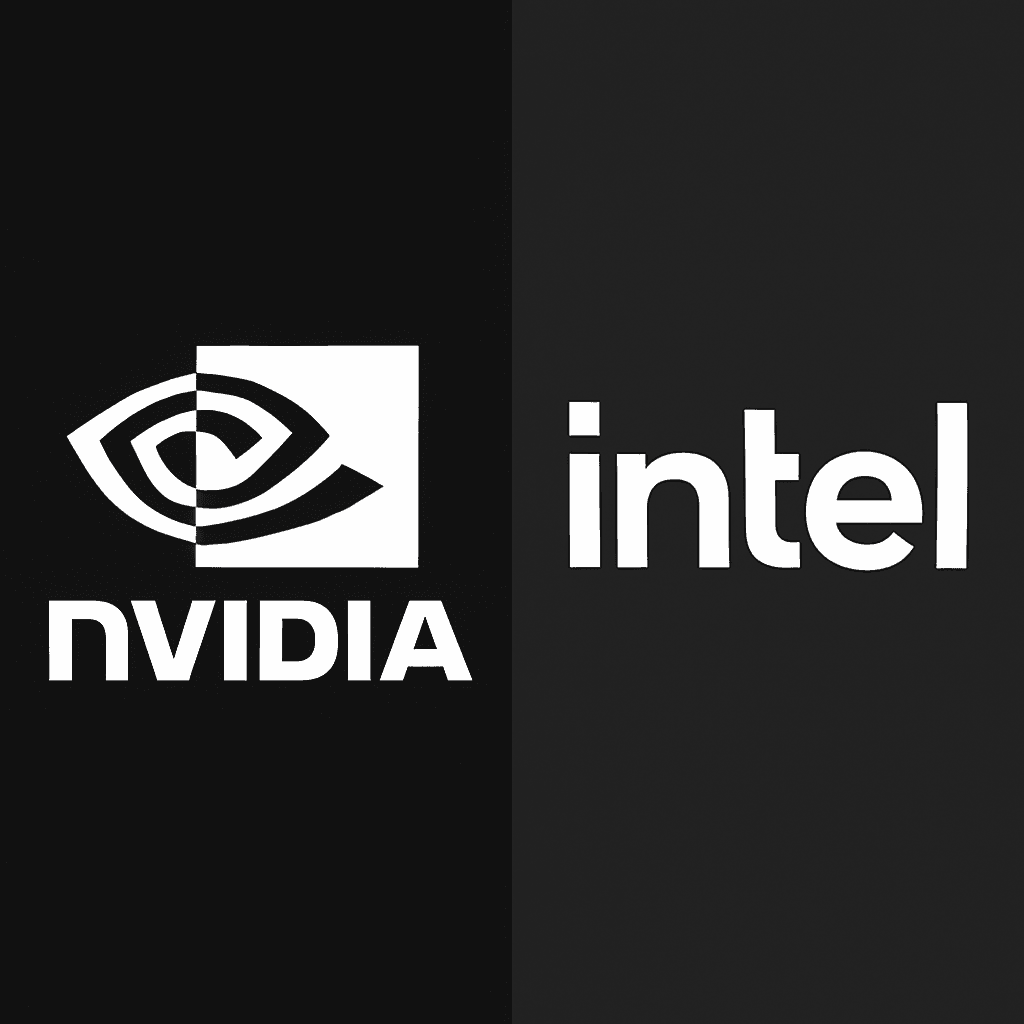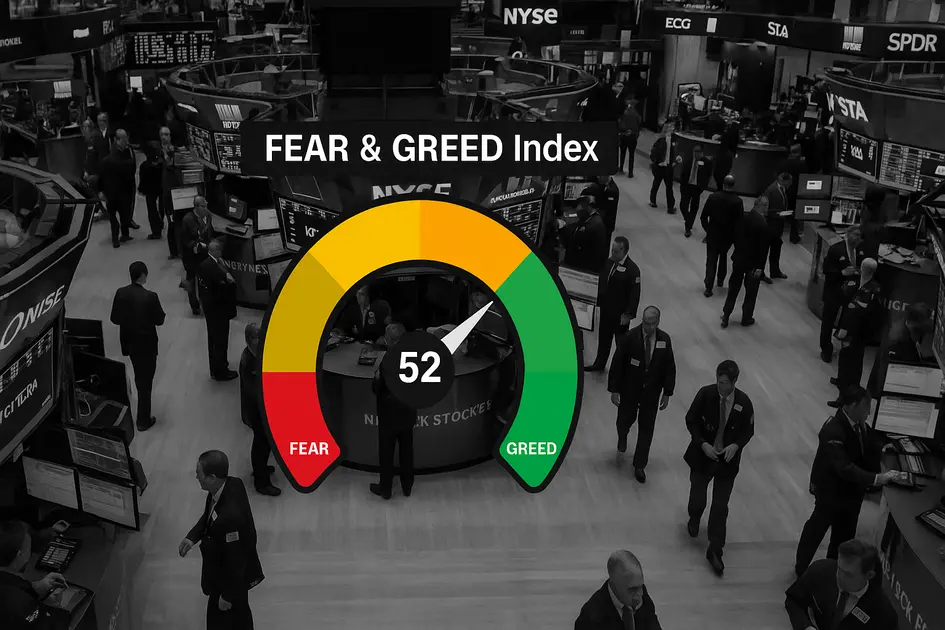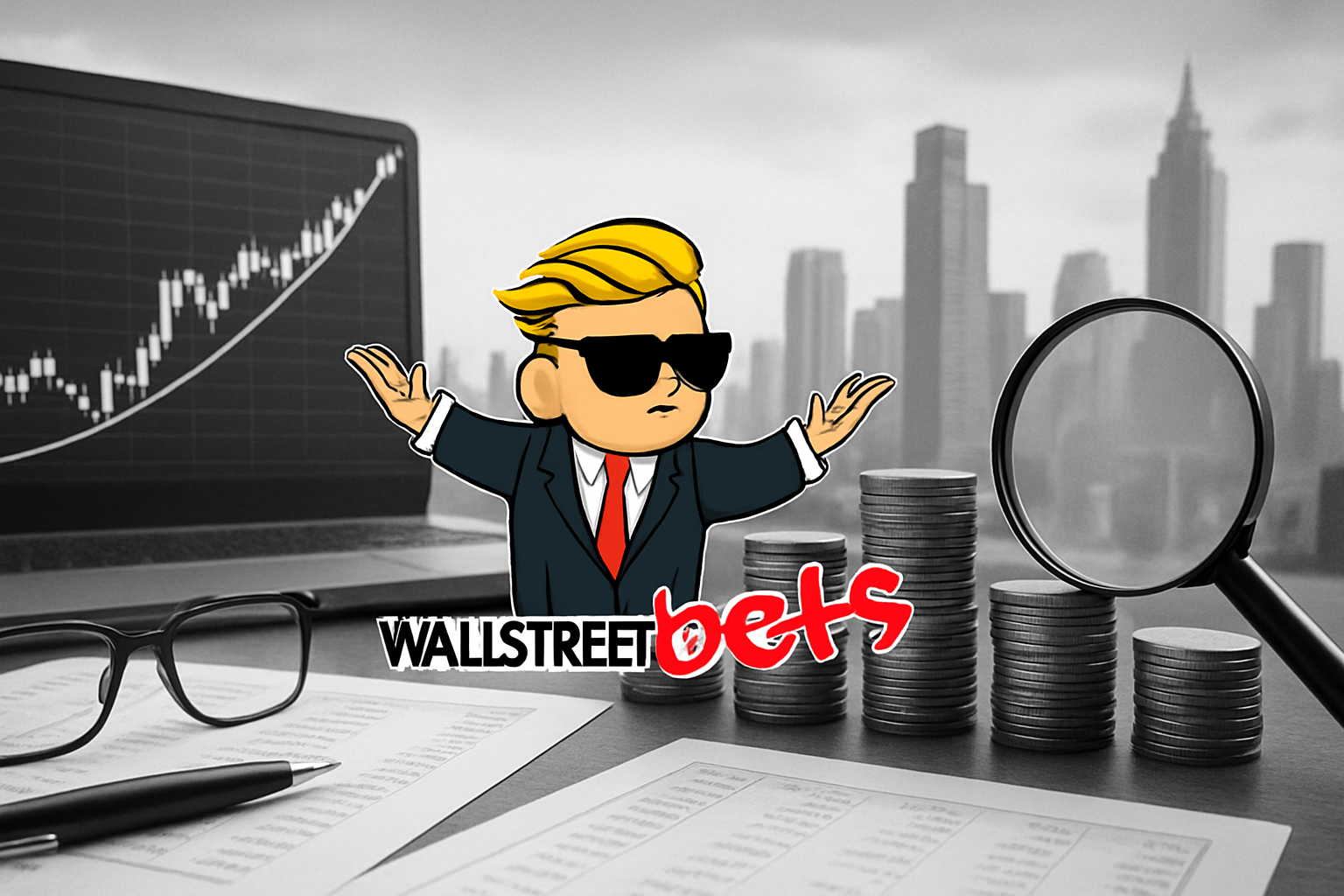On an otherwise quiet Thursday morning, chip industry old-timers and retail speculators alike found themselves checking and rechecking their trading screens. Intel, the flagging titan of American semiconductors, surged as much as 30% in premarket trading, a scale of move not seen since its dot-com heyday. Short sellers scrambled. All it took was a bet from the one company Wall Street still sees as invincible: Nvidia.
The trigger was clear and stunning. Nvidia revealed it was investing $5 billion in Intel, taking a roughly 4% equity stake at about $23.28 per share, a deep discount from the price at Thursday’s close. The two rivals and sometime collaborators will jointly develop AI infrastructure and hybrid PC products, a partnership that could pair Nvidia’s high-performing graphics and AI chips with Intel’s x86 CPUs at both the data center and consumer level. For battered Intel shareholders, the partnership signals a dramatic shift. After years of efforts led by government bailouts and private equity failed to restore confidence, it took an endorsement from Silicon Valley’s AI king to restore hope that Intel might not only survive, but thrive.
Intel’s Precipitous Fall and the Race to Stem It
Intel’s descent was swift. In early 2021, the company’s shares traded as high as $68, propped up by its position as the undisputed leader in PC and server chips. But as AMD, TSMC, and ARM surged ahead in key technologies, Intel lost market share and became mired in manufacturing delays. By 2024, revenue and profit had crumbled. Earnings calls turned bleak. Quarterly losses tallied in billions, with market share losses mounting across AI, data center, and PC segments.
By mid-2025, the situation was critical. The U.S. government, citing national security, bought a 10% stake for $8.9 billion, while SoftBank threw in another $2 billion. President Trump personally intervened, strong-arming both sides to close the bailout. The money staved off the worst, funding ongoing construction at Intel’s Ohio mega-fabs and plugging mounting cash-flow holes. But on Wall Street, few observers saw a way out. Analysts openly discussed which rival might buy Intel’s foundry assets on the cheap.
Nvidia’s Play and Silicon Valley’s Next Chapter
Against this backdrop, Nvidia’s move landed with seismic force. The rationale was threefold. First, the direct cash infusion, $5 billion, brings Intel’s recent external funding haul past $18 billion and covers most near-term capital and operational needs. Second, the investment buys Nvidia assured supply of U.S.-made chips for its expanding AI infrastructure, a hedge against both geopolitical risk and supply chain snarls. Third, and most notably, Nvidia gains the right to shape Intel’s future chip development at a crucial juncture in the battle for generative-AI dominance.
Under the agreement, the companies will jointly produce custom data center processors and develop new AI/PC products integrating both Nvidia GPU and Intel CPU technology. The plan is ambitious. Engineers will build high-speed connections linking Nvidia and Intel architectures, aiming to exploit the strengths of both AI software (CUDA) and Intel’s x86 hardware. For the U.S. government, the deal is a vindication, proof that billions in taxpayer funding weren’t simply life support, but a prelude to a new era of homegrown innovation.
Market Reacts and Questions Remain
Wall Street, desperate for a new growth narrative, greeted the news with euphoria. Intel’s market value jumped more than $30 billion in hours. Competitors, especially AMD and TSMC, saw immediate declines as investors reassessed the pecking order in an industry obsessed with scale, supply chain resiliency, and AI supremacy.
Still, critical questions remain. Execution risk looms large. Integrating two complex architectures and scaling manufacturing at untested U.S. fabs is an immense task. Meanwhile, regulatory review is a certainty, though the presence of the U.S. government as a major shareholder weakens the antitrust case. While the “stamp of approval” from Nvidia changes Intel’s story from a near-death turnaround to an open-ended growth play, the burden will be on both companies to deliver working products by 2027.
For now, though, the market has spoken. The prodigal son of Silicon Valley may have found its way home with a little help from a one-time rival. In the semiconductor world, fortunes can change fast. Thursday’s pivot may well be remembered as the day Intel got its second act and Nvidia staked its claim to the future of American chips.





